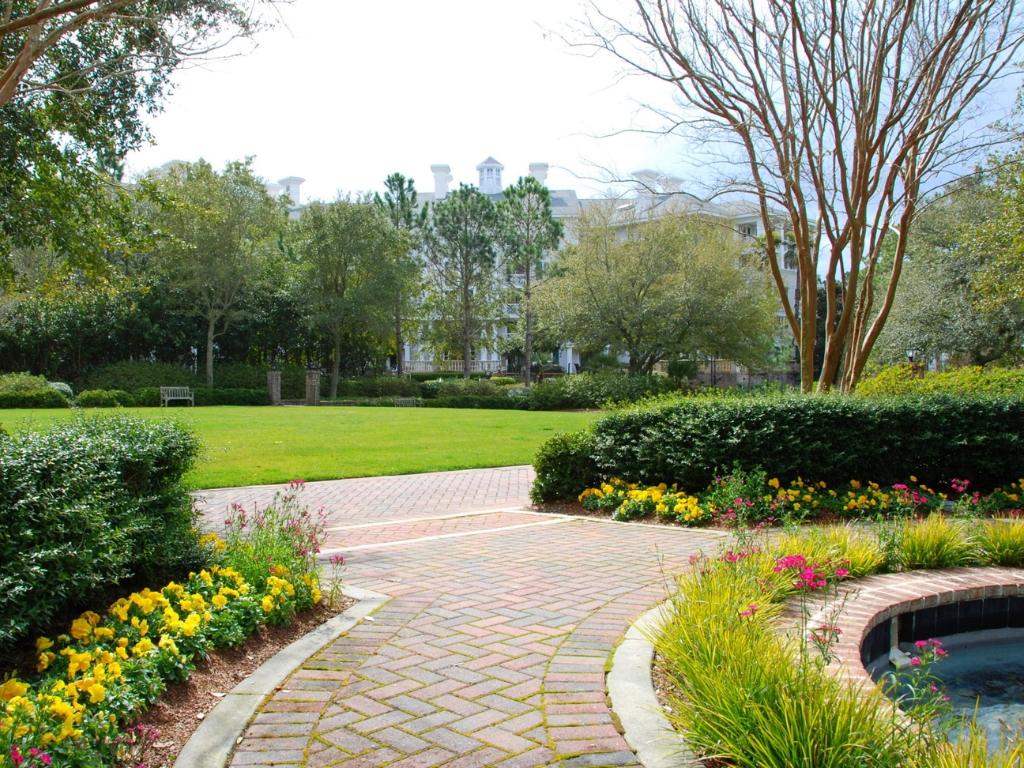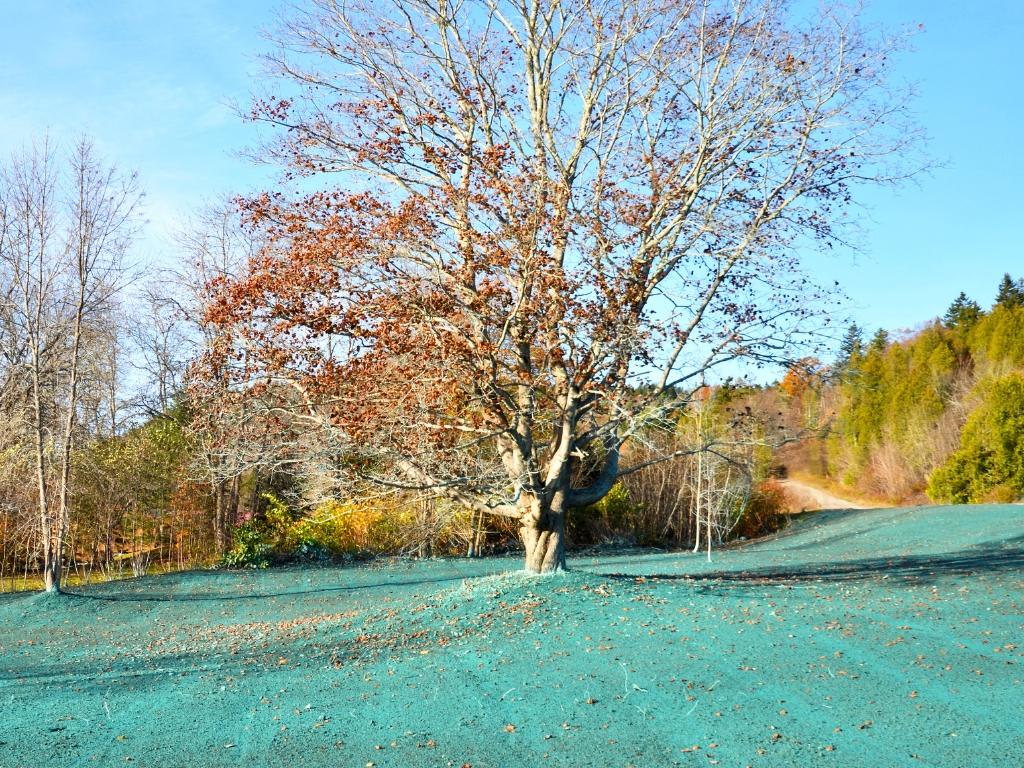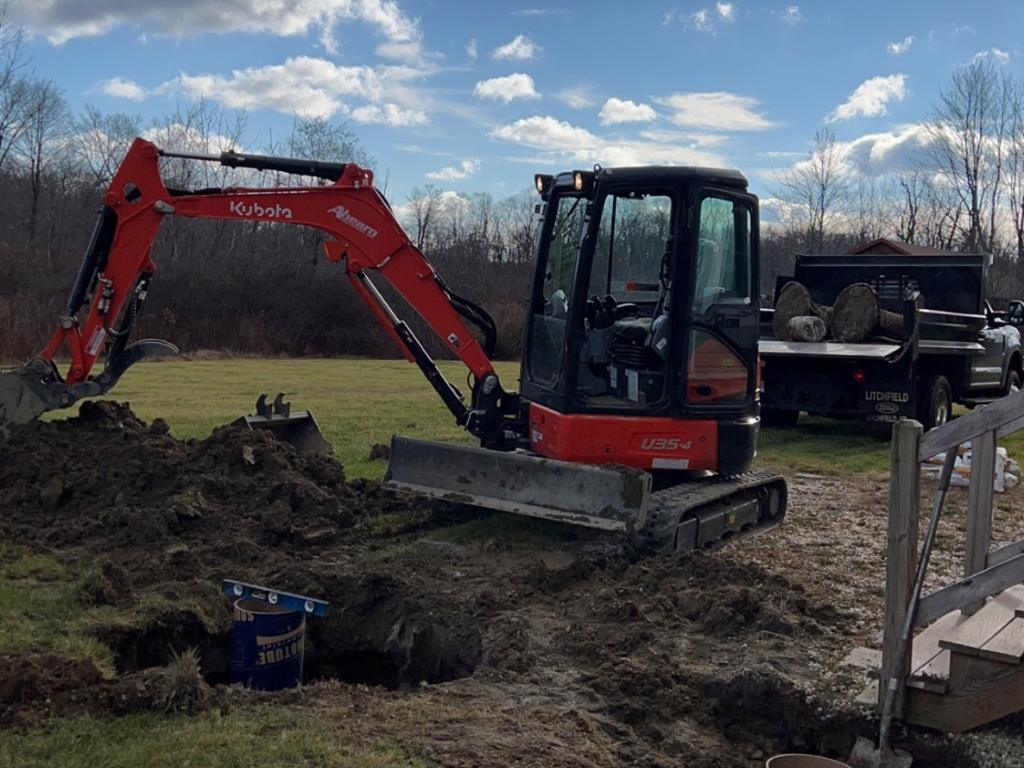Well-designed commercial hardscaping does more than make your property look good. It also improves functionality, flow, and durability. If you’re a business owner or property manager, it’s worth thinking beyond grass and flower beds.
These multi-functional commercial hardscaping ideas can help you increase curb appeal and make your outdoor spaces work harder for your property.
1. Permeable Pavers
Permeable pavers are paving stones designed to let rainwater pass through the joints or material, reducing surface runoff and easing drainage concerns.
Why It Works
- They reduce water pooling and help prevent flooding on your property.
- They support compliance with local stormwater regulations.
- They offer a neat, customizable look using a range of styles, shapes, and finishes.
Where to Use Them
- Parking lots
- Sidewalks and walkways
- Courtyards and plazas
- Entry driveways
2. Concrete Planters as Barriers
Large, heavy-duty concrete planters can hold decorative plants while also serving as physical barriers to manage pedestrian and vehicle flow.
Why It Works
- They protect entry points by restricting vehicle access without obstructing visibility.
- They add greenery and texture to hardscape-heavy areas.
- They eliminate the need for separate bollards, railings, or fences.
Where to Use Them
- Near storefront entrances
- Along sidewalks or drive-thrus
- In front of glass windows
- Around outdoor seating zones
3. Built-In Seating
Built-in seating refers to permanent benches or seating walls constructed from stone, concrete, or masonry that blend into your hardscape design.
Why It Works
- It provides seating options without requiring portable furniture.
- It complements other hardscape elements, offering a seamless aesthetic.
- It holds up well to outdoor exposure with little to no maintenance.
Where to Use Them
- Outdoor waiting areas
- Garden perimeters
- Along pedestrian paths
- Courtyards or event spaces
4. Raised Garden Beds
Raised beds are elevated planting boxes or structures framed with stone or concrete that improve plant protection and organization in landscaped areas.
Why It Works
- They keep foot traffic and vehicles from damaging plantings.
- They improve drainage and make it easier to manage soil quality.
- They give landscaping a structured, professional appearance.
Where to Use Them
- Property entrances
- Walkway borders
- Near signage
- Along building edges
5. Terraced Slopes
Terraced slopes use retaining walls to divide a hillside or sloped area into a series of flat, manageable sections.
Why It Works
- They prevent soil erosion and control stormwater on uneven terrain.
- They expand usable outdoor space by flattening sloped areas.
- They add architectural interest and layered design to the property.
Where to Use Them
- Sloped lawns or entryways
- Hillsides around parking lots
- Outdoor break areas
- Landscaped sections with large elevation changes
6. Defined Walkways
Defined walkways are clearly marked and designed pedestrian paths built from durable materials like pavers, stamped concrete, or stone.
Why It Works
- They guide visitors safely across the property with clear direction.
- They create a structured layout that enhances overall curb appeal.
- They withstand frequent foot traffic and weather with minimal upkeep.
Where to Use Them
- From parking areas to building entrances
- Around garden beds or courtyards
- Across large campuses
- Along storefronts or retail strips
7. Covered Structures
Covered structures include pergolas, entry canopies, or full shelters designed to provide shade and weather protection in outdoor areas.
Why It Works
- They protect employees, clients, or guests from sun and rain.
- They help define high-use areas like entrances or outdoor seating zones.
- They make your site look more polished and professionally designed.
Where to Use Them
- Customer entrances
- Outdoor seating or lunch areas
- Bus stops or shuttle waiting zones
- Patios and courtyards
Questions to Consider Before You Build
Before starting a commercial hardscaping project, ask yourself:
- What zones need better function? (e.g., seating, walking, drainage)
- What materials match my building and branding?
- How will this design perform across seasons?
- Do I need features to meet accessibility or safety codes?
- Can I reduce clutter by combining form and function?
Your answers will guide the best mix of structure, purpose, and appearance.
Let’s Talk About Your Property
If you’re ready to enhance your site with professional, multi-functional commercial hardscaping, Roberts Property Management can help. We offer expert design and installation with a focus on curb appeal, performance, and long-term value. Request a consultation and see what’s possible for your location.



